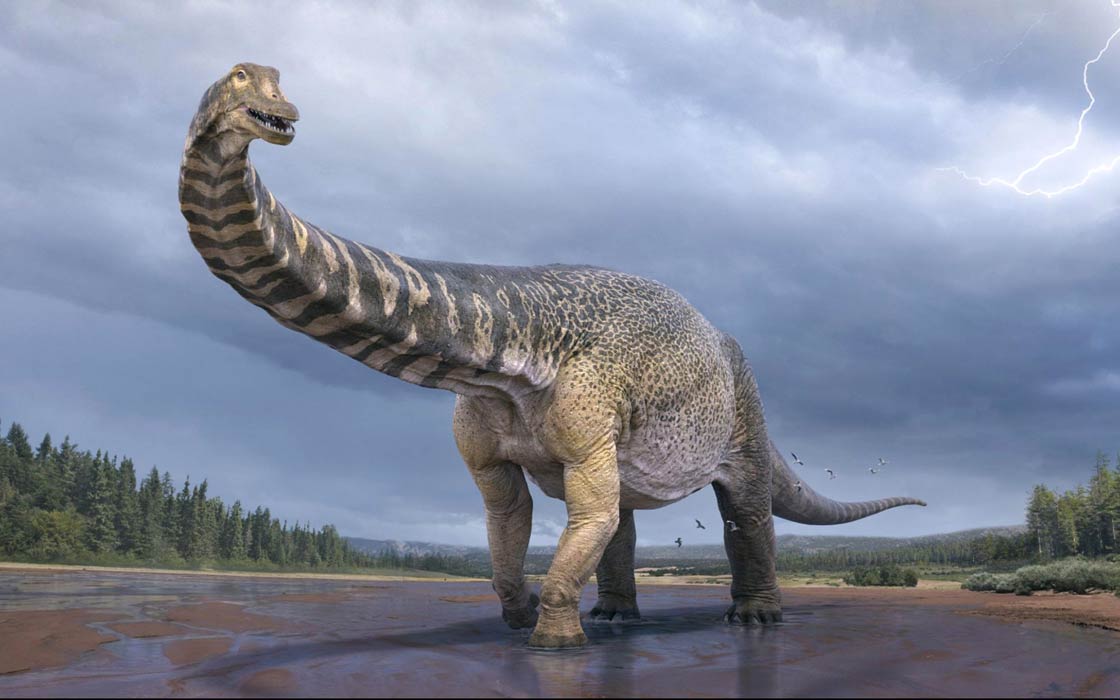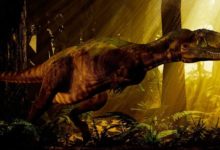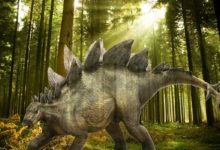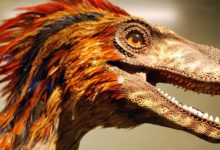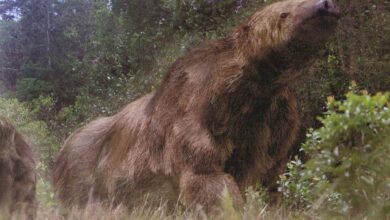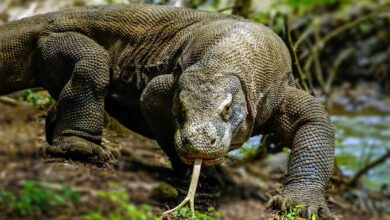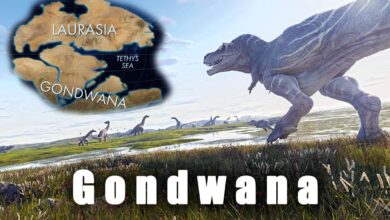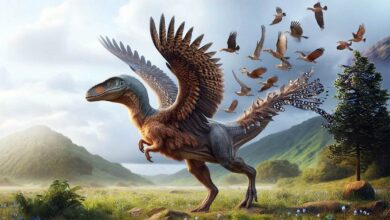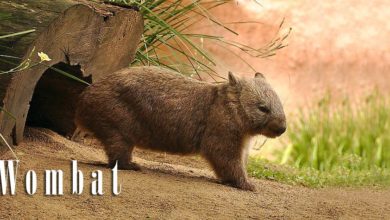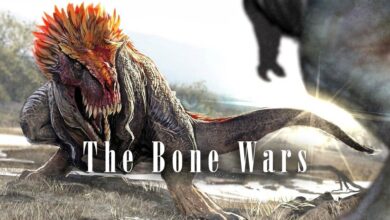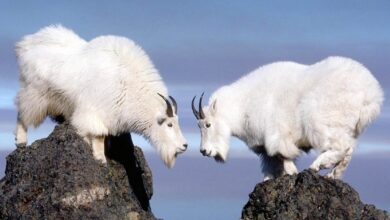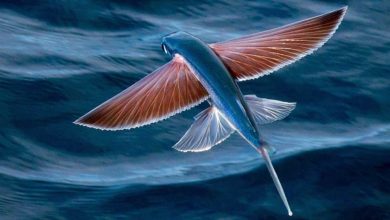Bruhathkayosaurus matleyi
Bruhathkayosaurus matleyi – one of the largest dinosaurs
Probably the heaviest dinosaur that has ever walked on our planet. A herbivorous giant whose existence is often questioned. However, it is worth taking into account that “huge-bodied lizard” (literal translation of the name) once walked on Indian lands.
Digression
Today, we feel like describing a UFO or the Loch Ness Monster. We have wondered for a long time whether to describe this dinosaur, as there is little evidence that it even existed. We can show very few drawings (in practice, almost none). However, we have come to the conclusion that since the description of Amphicoelias fragillimus / Maraapunisaurus fragillimuss (whose history of discovery is similar), and both species are considered nomen dubium (uncertain), it is time to describe Bruhathkayosaurus as well.
Classification
- Kingdom: Animalia
- Phylum: Chordata
- Clade: Dinosauria
- Clade: Saurischia
- Clade: †Sauropodomorpha
- Clade: †Sauropoda
- Clade: †Macronaria
- Clade: †Titanosauria
- Genus: †Bruhathkayosaurus
- Species: †Bruhathkayosaurus matleyi
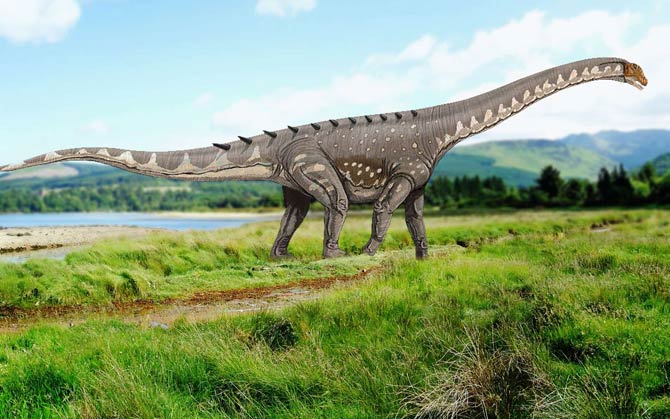
Occurrence
Traces of this sauropod have been found at the southern tip of India, in the Tamil Nadu state, in the Kallamedu Formation. Based on the rock formation in which the remains were found, it has been shown that Bruhathkayosaurus lived during the Maastrichtian stage of the late Cretaceous period, approximately 70 million years ago.
The fossilized remains include hip bones (the ilium and ischium), part of a leg bone (femur), a shin bone (tibia), a forearm (radius), and a tail bone (part of a vertebra, specifically a platycoelous caudal centrum). Initially, it was concluded that these were the remains of a carnosaur (large theropod), but further research revealed that a previously unknown sauropod had been discovered.
Appearance and estimated dimensions
Bruhathkayosaurus was a typical sauropod: it had a small head located on a few meters long neck. The tallest, longest and heaviest animals of all time have appeared in this infraorder. Bruhathkayosaurus may well turn out to be the largest of them. The body length could be up to 37 meters (121 ft), its weight reached over 80 tons.
It had blunt, columnar teeth that were designed to grind food, since all sauropods were herbivorous (unlike theropods, which were carnivores). All measurements are only estimates based on relatively poor finds. Scientists suggested the 2-meter-long (6.6 ft) shin bone (tibia) 75-centimeter ((2.46 ft)) fragmentary femur and illium measured 1.2 m (3.9 ft). On the basis of these data, it was estimated that Bruhathkayosaurus was 26-34 meters long and weighed 70-130 tons.
The original estimates by Mickey Mortimer indicated that the giant found could be as much as 40-44.1 meters long, 14 meters high, and weighing 175-220 tons … A bit fantastic, right? The largest blue whale weighed “only” 190 tons… But, if it was walking on the Earth of Amphicoelias fragillimus (60 meters long and 120 tons of weight), why not 🙂
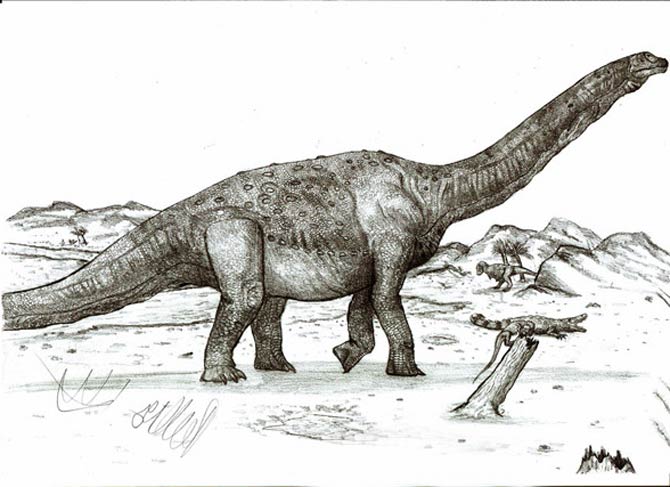
Titanosauria
The hero of our article was not an ordinary sauropod – he belonged to the group of titanosaurs (Titanosauria). This group can boast of the largest dinosaurs in the history of the world. In addition to their impressive size, they were also very heavy – their weight reached 90 tons. The dinosaurs in this group were also distinguished by their small heads, even compared to the rest of the sauropods. The heads were quite wide, similar to the heads of a Brachiosaurus or a Camarasaurus, but slightly more elongated. The nostrils were large, the teeth were like pegs or spoons. The neck was slightly shorter than other sauropods, while the tail resembled a whip and was shorter than the tails of giants such as Diplodocus.
Titanosaurs had very wide chests (Puertasaurus was the widest). Forelegs massive, but shorter than hindquarters. Unlike other sauropods, Bruhathkayosaurus, like other titanosaurs, had filled-cervical vertebrae similar to that of the older (primitive) reptile-pelvis dinosaurs. The spine was much more flexible than the other sauropods, making the Bruhathkayosaurus more agile than its cousins.
Another important feature of Bruhathkayosaurus as a Titanosaur was that it had armor in some places on the skin. The bead-like scales formed a mosaic around the larger bone plate.
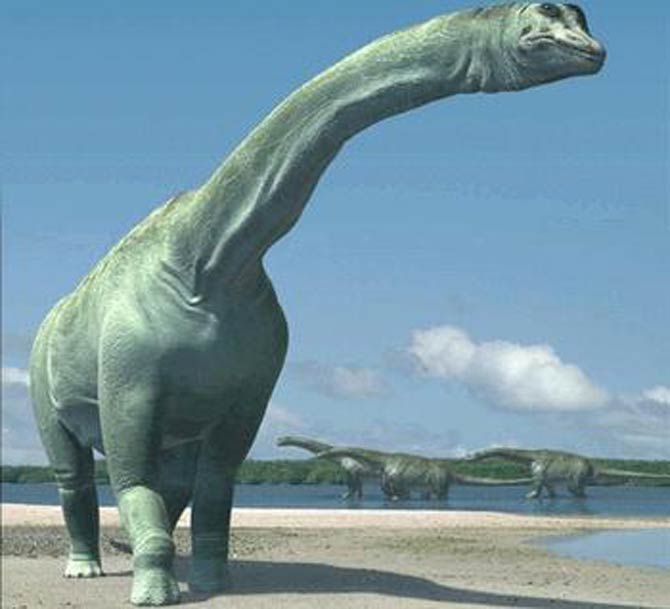
Did Bruhathkayosaurus belong to the Titanosaurus group?
This is difficult to verify due to the small number of bones found. What convinces scientists to classify it to the group of titanosaurs is its size. The tibia is 30% longer than the tibia of Argentinosaurus – a huge titanosaur whose skeleton found is equally poor (about 5% of the skeleton was discovered). So, if a Bruhathkayosaurus was the largest dinosaur ever, it could be 45 meters long and weigh around 200 tons, which means it would also be Earth’s heaviest dinosaur. The only question is whether it really existed …
Bones or wood? The Great Discovery or the Great Deception?
In 1989 (according to some sources – in 1987), two scientists: Yadagiri and Ayyasami, created a description of the remains of a huge theropod measuring 20 m in length. They named him Bruhathkayosaurus. Six or eight years later, paleontologist Sankar Chatterjee questions this discovery, considering the find to be the remains of a powerful sauropod. At about the same time, people all over the world receive information about the discovery of the largest dinosaur in history.
A few years later, Tomas Holtz stated that the 1987 (1989) find was nothing more than a piece of rotten wood. Chatterjee maintained his position on the discovery of the great sauropod, trying to convince the public and Holtz that he was at the excavation site, and he can firmly say that they are Bruhathkayosaurus bones.

Why were the Bruhathkayosaurus remains not excavated?
The fact that for so many years the remains of the dinosaur have not been excavated gives food for thought. Until 2011, no one even tried to deal with the matter. 22 years later, where the bones were found, the flood flooded and irretrievably destroyed the only trace of perhaps the largest dinosaur in the history of the Earth
Today, scientists can rely only on amateur drawings. Scientists – Yadagiri and Ayyasami – did not take any photos from the place where the bone was found. This is so strange that as early as 1893, when Argyrosaurus superbus was discovered, its description was enriched with many photographs of the bones and the place where they were found.
Therefore, we have a story that is almost deceptively similar to that of Amphicoelias fragillimus, about which we have written in several articles. So what does the pursuit of fame lead to…

Detailed data / Dimensions (size)
Bruhathkayosaurus matleyi
- Length: 26 – 37 m
- Height: 14 m
- Mass: 70 – 130 tones (original estimate 175-220 tones)
The latest, current estimates of the size of dinosaurs can be found in our dinosaur database: Dinosaur Database, see: Bruhathkayosaurus matleyi
Bruhathkayosaurus – interesting facts
- The name of this sauropoda comes from Sanskrit and is a combination of the words bruhath or brhat (“huge, heavy”) and kaya (“body”) and the Greek sauros (“lizard”).
- The only animal that is heavier than sauropods (including Bruhathkayosaurus) is the modern marine mammal – the blue whale (Balaenoptera musculus). The record holder weighed 190 tons.
- Bruhathkayosaurus is referred to as nomen dubium – an uncertain genus. It is difficult to verify whether this animal existed at all.
- Titanosaurs owe their name to the Greek gods of the giant generation, who existed before the Olympian gods. The first generation of the Titans were the sons of Uranus and Gaia.
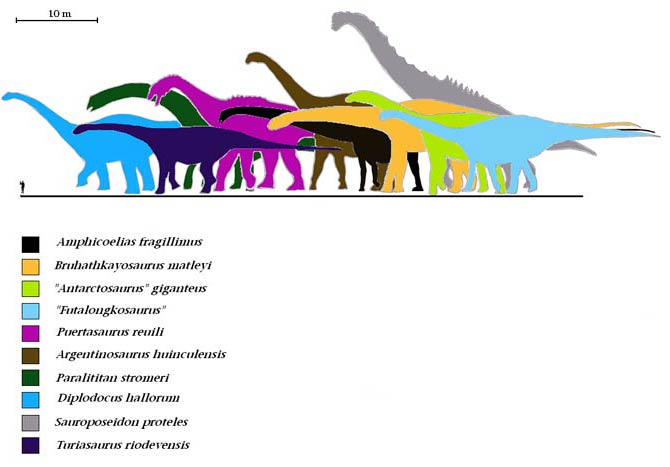
Cover image credit: Vlad Konstantinov
References
- Bruhathkayosaurus matleyi – https://dinoanimals.com/dinosaurdatabase/bruhathkayosaurus-matleyi/
Recommended
- The longest dinosaurs. Sauropods Top 10
- The heaviest dinosaurs – Top 10
- The longest predatory dinosaurs. Theropods Top 10
- The heaviest predatory dinosaurs Top 10
- The longest Ornithischians (Ornithischia) TOP 10
- The heaviest Ornithischians Top 10
- The largest raptors (dromaeosaurs) Top 10
- The heaviest Dromaeosaurids / dromaeosaurs – Top 10
- The longest Ankylosaurus Top 10
- The heaviest Ankylosaurus Top 10
- The longest ceratopsians
- The heaviest cerapsians
- The longest and largest ornithopods
- The heaviest ornithopods Top 10
- The longest Stegosaurians (Stegosauria) TOP 10
- The heaviest Stegosaurians (Stegosauria) Top 10
- The smallest sauropods Top 10
- The smallest dinosaurs Top 10
- The largest pterosaurs Top 10
- Dinosaurs
- Dinosaurs database
- Predatory dinosaurs
- Animals & dinosaurs records
- The fastest animals – Top 100
- The fastest birds – Top 10

